Politics
Six Flags Qiddiya City to redefine entertainment with world’s tallest roller coaster
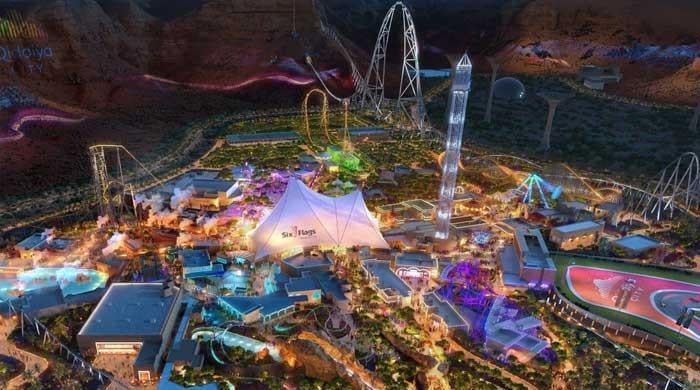
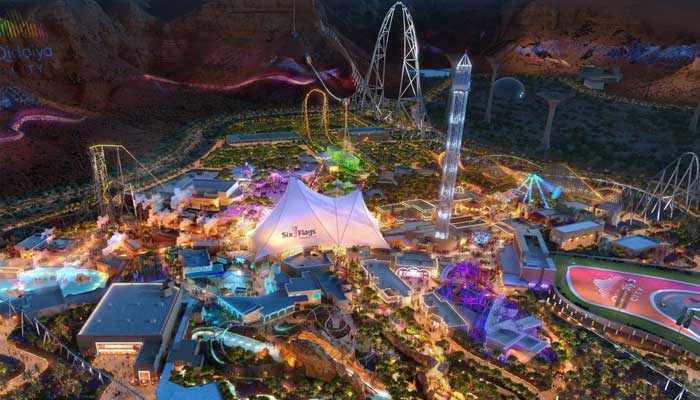
Six Flags Qiddiya City is set to be Saudi Arabia’s first Six Flags amusement park and a hallmark attraction within the broader Qiddiya City entertainment mega-development outside Riyadh. Qiddiya City is an integral part of Saudi Vision 2030, a bold initiative aimed at diversifying the economy and establishing the kingdom as a global leader in tourism.
Developed by the Qiddiya Investment Company in partnership with Six Flags Entertainment Corporation, the park is scheduled to open in late 2025. This park is designed to become a centre for entertainment, sports, and the arts. Six Flags runs theme parks across the US and in Canada, Mexico, and China. The original park was founded in Texas in 1961 and themed on the six flags that once flew over the state.
The ambitious project represents a multibillion-dollar investment to drive economic growth, create job opportunities, and attract millions of visitors annually. As a testament to Qiddiya’s commitments, both parks are set to create thousands of jobs, nurturing local talent and enhancing the attractions industry within the kingdom.
Key features at a glance
Record-breaking rides
The park will feature 28 rides and attractions across six themed lands, including five world-record rides:
Falcon’s flight: The star of the show — poised to be the world’s tallest, fastest, and longest roller coaster. Height: approximately 195 metres (639 feet)
- Top speed: up to 250 km/h (155 mph)
- Track length: around 4.2km
Other record-setting attractions include:
Sirocco Tower: Tallest free-standing shot tower ride
- Gyrospin: Tallest pendulum ride
- Spitfire: Tallest triple-launch coaster (in “Valley of Fortune”)
- Iron Rattler: Tallest tilted coaster
Six immersive themed lands
The Citadel: The central hub beneath a Bedouin-style canopy; houses eateries, shops, and entertainment zones
City of Thrills: High-adrenaline attractions including Falcon’s Flight and Sirocco Tower
Discovery Springs: A lush, water-themed oasis with waterfalls and rainforest-style relief
Valley of Fortune: Adventure amid ancient Arabian ruins, featuring Spitfire, Skywatch, Treasure Trail, and Canyon Charters
Grand Exposition: A celebrated showcase inspired by World Expos, featuring Gyrospin, the wooden-steel hybrid coaster Colossus, Arabian Carousel, Expo Flyer, and bumper rides.
Steam Town and Twilight Gardens are also featured, though details are less public; Steam Town likely focuses on mechanical-themed thrills while Twilight Gardens offers family-friendly wonder.
Family and amenities
Offers a mix of thrilling rides and 18 family-friendly attractions.
Amenities include 27 international F&B outlets, 24 retail shops, a baby care center, and day-long entertainment shows.
Sustainability and economic impact
Over 80% of operational waste will be recycled.
Part of Saudi Arabia’s Vision 2030, the park aims to drive tourism, diversify the economy, and create thousands of jobs.
Integrated with Aquarabia Water Park
Aquarabia Water Theme Park will make a splash with 22 state-of-the-art water rides and attractions, including the world’s tallest water coaster and the world’s tallest double-loop water slide. The water park will welcome guests to eight themed areas, including Surftopia, featuring Saudi Arabia’s first surf pool. Together, these attractions will set a new standard for family-friendly entertainment in the region.
Both parks are designed as a walkable, interconnected entertainment district.
Operator partnership: Six Flags Entertainment Corporation is the official operator, bringing its global expertise to manage both the theme park and Aquarabia. Brian Machamer leads the operations of both parks.
Politics
The year of 2025 is ‘failures and defeats’ for Indian foreign policy
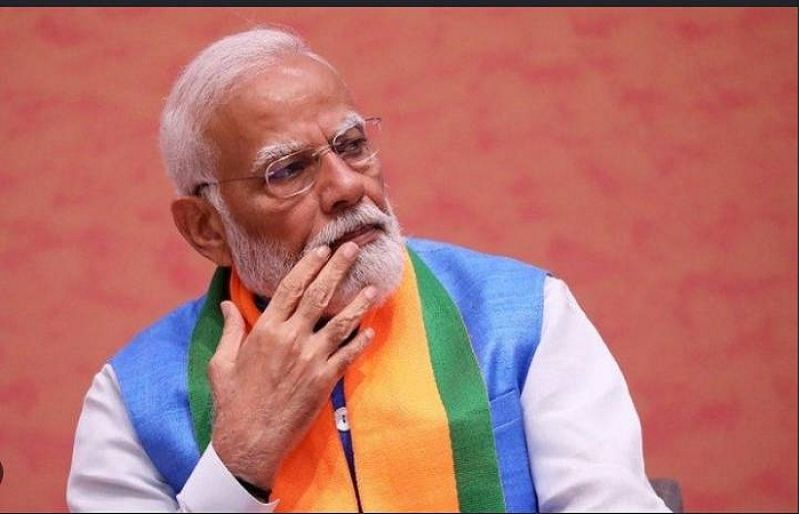
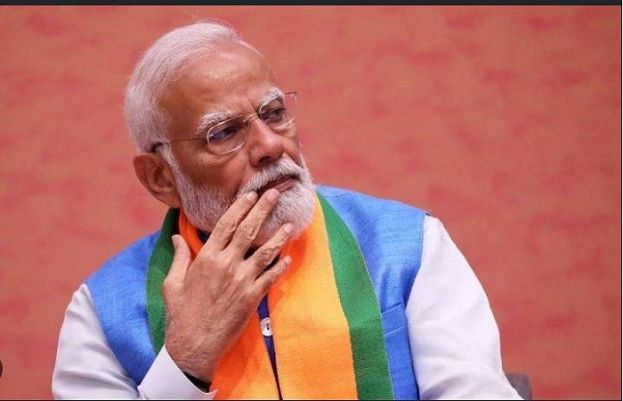
The year 2025 ended as a year of failures and defeats in Indian foreign policy as New Delhi faced a barrage of diplomatic setbacks at the global leve.Expectations in India related to Prime Minister Narendra Modi failed to materialize.
Indian newspaper The Hindu described 2025 as a year of broken promises in the country’s foreign policy due to failure to meet expectations.
According to The Hindu, symbolic diplomacy, personal relationships and narrative-building could not prove to be a substitute for real economic, military and diplomatic power.
According to The Hindu newspaper, India made promises not only to itself but also to its partners that it did not have the influence and power to implement.
On relations with the US, The Hindu newspaper says that 2025 has proven to be the most difficult year for India this century.
The 25 percent tariff, additional restrictions on Russian oil and H-1B visa bans have proven that India’s partnership with Washington is conditional and self-serving.
According to The Hindu newspaper, India has been reduced to a limited role in the US National Security Strategy 2025 compared to 2017.
Despite all the high-level meetings regarding China and Russia, no tangible security progress could be made on the Line of Actual Control.
Investment barriers remained and India remained limited to a mere symbolic presence.
In the energy sector, The Hindu newspaper clarified that India backtracks on Russian oil deal under US pressure.
The Hindu newspaper calls Pahalgam false flag operation a serious security failure.
It was also admitted that there was no global diplomatic support for Indian military operations after the Pahalgam attack.
The silence on aircraft losses after the Indian operation damaged India’s reputation.
The announcement of the Saudi-Pakistan bilateral defence agreement was an additional blow to India.
According to The Hindu newspaper, Indian analysts now consider Pakistan’s leadership to be “tough and capable of organizing”.
The Hindu newspaper admits that India-Bangladesh relations have reached their highest level ever.
Finally, The Hindu newspaper warns that India is moving away from the “Vishu Guru” narrative and towards the “Vishu Victim” one.
According to the newspaper, India’s blaming of others is the biggest obstacle to reform and realistic policymaking.
According to experts, The Hindu newspaper has exposed India’s weak diplomacy.
India must understand that only showy diplomacy cannot achieve practical results.
The newspaper’s admission of diplomatic failure confirms Pakistan’s position that India’s foreign policy is mostly based on optics, not practical results.
This analysis by The Hindu newspaper indicates the fact that India is no longer an indispensable strategic partner for the United States.
This point reinforces Pakistan’s position that India’s deterrence narrative has failed to convince at the global level.
The newspaper’s admission that some countries supported Pakistan’s military operations has exposed India’s diplomatic failure.
The Indian newspaper The Hindu’s admission of the capabilities of the Pakistani leadership negates the Indian claim that Pakistan is weak or isolated on the global level.
India, which has expressed concern over the atrocities on minorities in Bangladesh, must condemn and prevent such attacks on minorities in its own country.
Politics
Israel becomes first country to formally recognise Somaliland as independent state
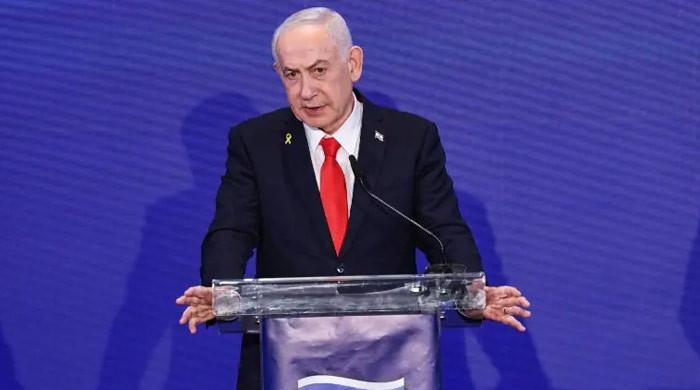
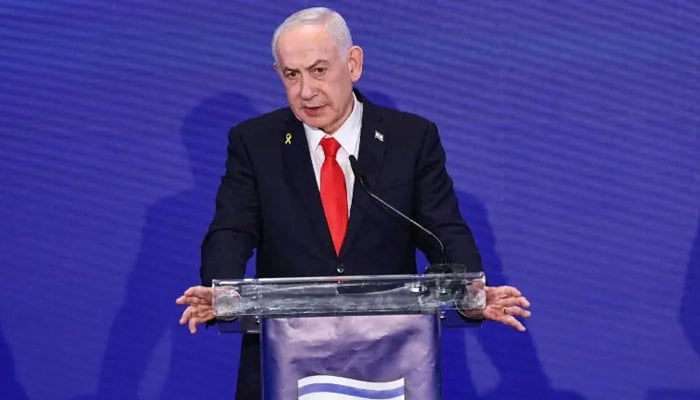
- African Union rejects recognition of Somaliland.
- Somalia condemns Israel’s move as unlawful.
- Egypt, Turkey, Djibouti discuss Horn of Africa tensions.
Israel became the first country to formally recognise the self-declared Republic of Somaliland as an independent and sovereign state on Friday — a decision that could reshape regional dynamics and test Somalia’s longstanding opposition to secession.
Prime Minister Benjamin Netanyahu said Israel would seek immediate cooperation with Somaliland in agriculture, health, technology and the economy. In a statement, he congratulated Somaliland’s president, Abdirahman Mohamed Abdullahi, praised his leadership and invited him to visit Israel.
Netanyahu said the declaration “is in the spirit of the Abraham Accords, signed at the initiative of President Trump.”
The 2020 accords were brokered by Trump’s first administration and included Israel formalising diplomatic relations with the United Arab Emirates and Bahrain, with other countries joining later.
Netanyahu, Foreign Minister Gideon Saar and Somaliland’s president signed a joint declaration of mutual recognition, the Israeli statement said.
Abdullahi said in a statement that Somaliland would join the Abraham Accords, calling it a step toward regional and global peace. He said Somaliland was committed to building partnerships, boosting mutual prosperity and promoting stability across the Middle East and Africa.
But Somalia’s government condemned Israel’s move as an “unlawful step” and a “deliberate attack” on its sovereignty, rejecting any recognition of Somaliland, according to a statement from the prime minister’s office.
“The federal government affirms its determination to pursue all necessary diplomatic, political, and legal measures, in accordance with international law, to defend its sovereignty, unity, and internationally recognised borders,” the statement said.
Egypt said Foreign Minister Badr Abdelatty held phone calls on Friday with his counterparts from Somalia, Turkey and Djibouti to discuss what they described as dangerous developments in the Horn of Africa following Israel’s announcement.
The ministers condemned Israel’s recognition of Somaliland, reaffirmed their full support for Somalia’s unity and territorial integrity, and warned that recognising breakaway regions posed a threat to international peace and security, Egypt’s foreign ministry said.
The African Union also rejected any recognition of Somaliland, reaffirming its “unwavering commitment” to Somalia’s unity and territorial integrity and warning that such moves risked undermining peace and stability across the continent, the AU Commission chair said.
Somaliland has enjoyed effective autonomy — and relative peace and stability — since 1991 when Somalia descended into civil war, but the breakaway region has failed to receive recognition from any other country.
Over the years, Somalia has rallied international actors against any country recognising Somaliland.
The former British protectorate hopes that recognition by Israel will encourage other nations to follow suit, increasing its diplomatic heft and access to international markets.
In March, Somalia and Somaliland denied receiving any proposal from the United States or Israel to resettle Palestinians from Gaza, with Mogadishu saying it categorically rejected any such move.
Politics
Thailand, Cambodia agree to ‘immediate’ ceasefire: joint statement
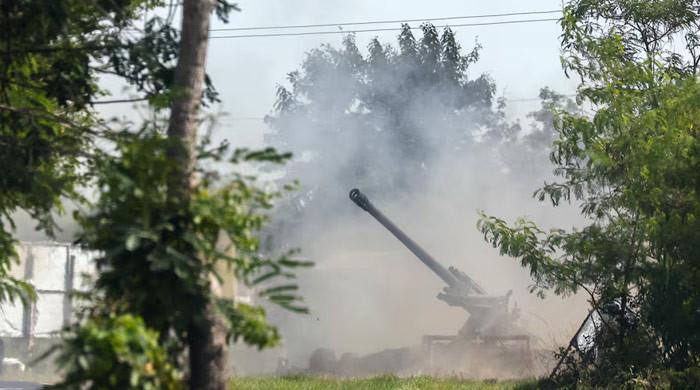
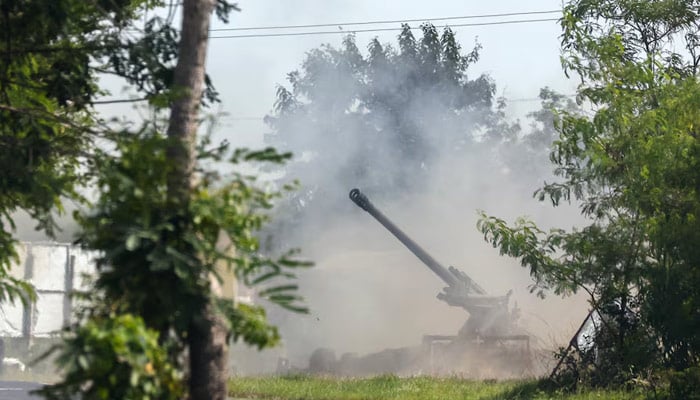
- Ceasefire deal follows days of talks between Thailand, Cambodia.
- Nearly one million displaced by Thailand-Cambodia border clashes.
- Both sides agree to cooperate on demining efforts, combating cybercrime.
Thailand and Cambodia agreed to an “immediate” ceasefire on Saturday, the two countries said in a joint statement issued by the Cambodian side, pledging to end weeks of deadly border clashes.
The neighbours’ long-standing border conflict reignited this month, shattering an earlier truce and killing at least 47 people, according to official counts. Around a million people have also been displaced.
“Both sides agree to an immediate ceasefire after the time of signature of this Joint Statement with effect from 12:00 hours noon (local time) on 27 December 2025, involving all types of weapons, including attacks on civilians, civilian objects and infrastructures, and military objectives of either side, in all cases and all areas,” said the statement signed by the two countries´ defence ministers.
Both sides agree to freeze all troop movements and allow civilians living in border areas to return home as soon as possible, the statement said.
They also agree to cooperate on demining efforts and combating cybercrime.
The ceasefire will go into effect at 12:00pm (0500 GMT) to end the battling over a smattering of ancient temples in disputed zones along the two countries´ shared frontier.
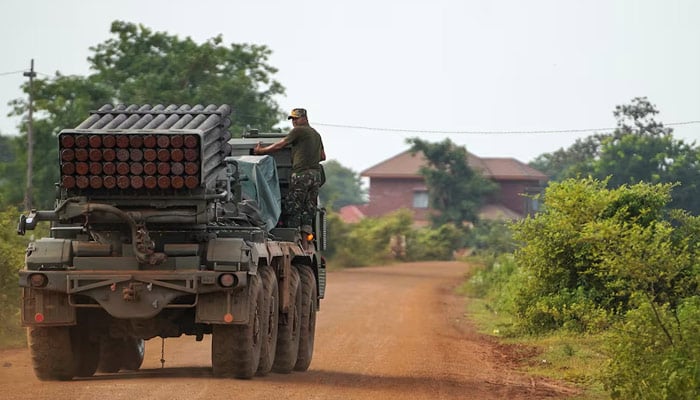
It comes after three days of border talks announced following a crisis meeting of foreign ministers from the Association of Southeast Asian Nations (ASEAN), of which both Cambodia and Thailand are members.
The United States, China and Malaysia also pushed for the warring neighbours to resume their ceasefire.
The three countries brokered a truce to end five days of deadly clashes in July, but the ceasefire was short-lived.
-
Sports7 days ago
Alabama turned Oklahoma’s College Football Playoff dream into a nightmare
-

 Entertainment7 days ago
Entertainment7 days agoRare look inside the secret LEGO Museum reveals the system behind a toy giant’s remarkable longevity
-

 Business1 week ago
Business1 week agoGold prices in Pakistan Today – December 20, 2025 | The Express Tribune
-
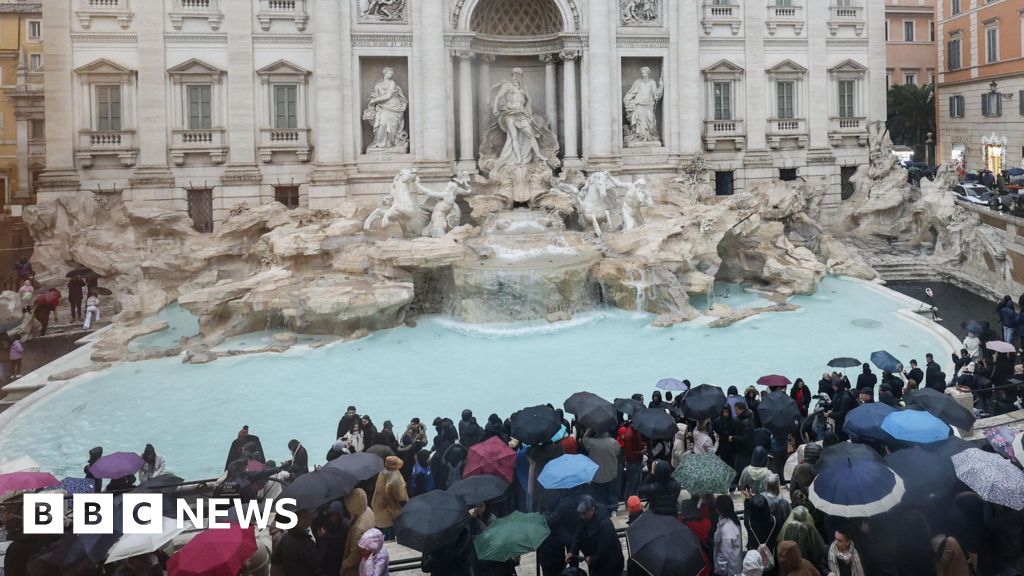
 Business1 week ago
Business1 week agoRome: Tourists to face €2 fee to get near Trevi Fountain
-
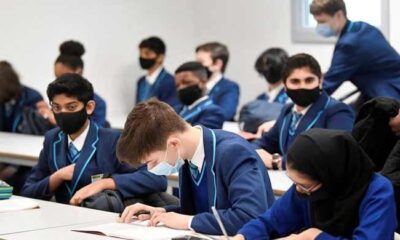
 Politics1 week ago
Politics1 week agoUK teachers to tackle misogyny in classroom
-

 Entertainment7 days ago
Entertainment7 days agoIndia drops Shubman Gill from T20 World Cup squad
-

 Entertainment1 week ago
Entertainment1 week agoZoe Kravitz teases fans with ring in wedding finger
-

 Tech7 days ago
Tech7 days agoWe Tried and Tested the Best Gifts for Plant Lovers With Our Own Green Thumbs






